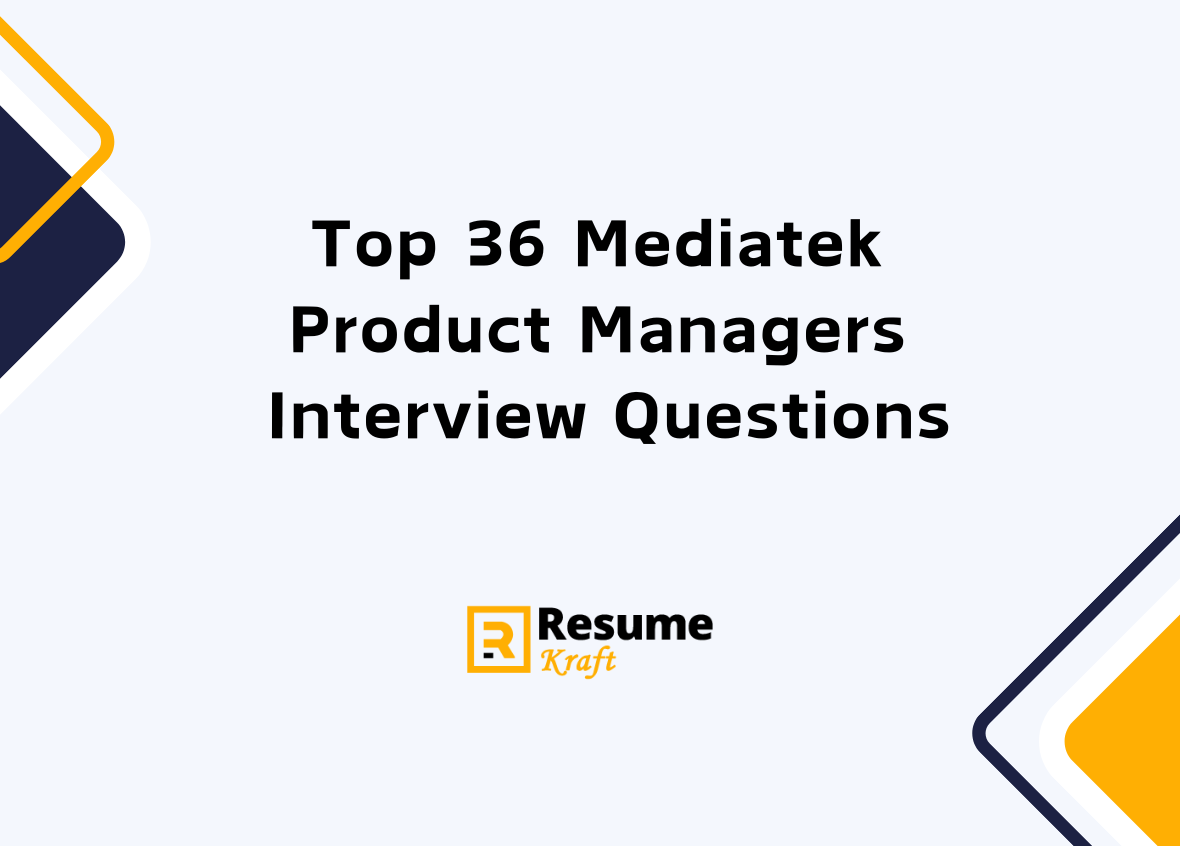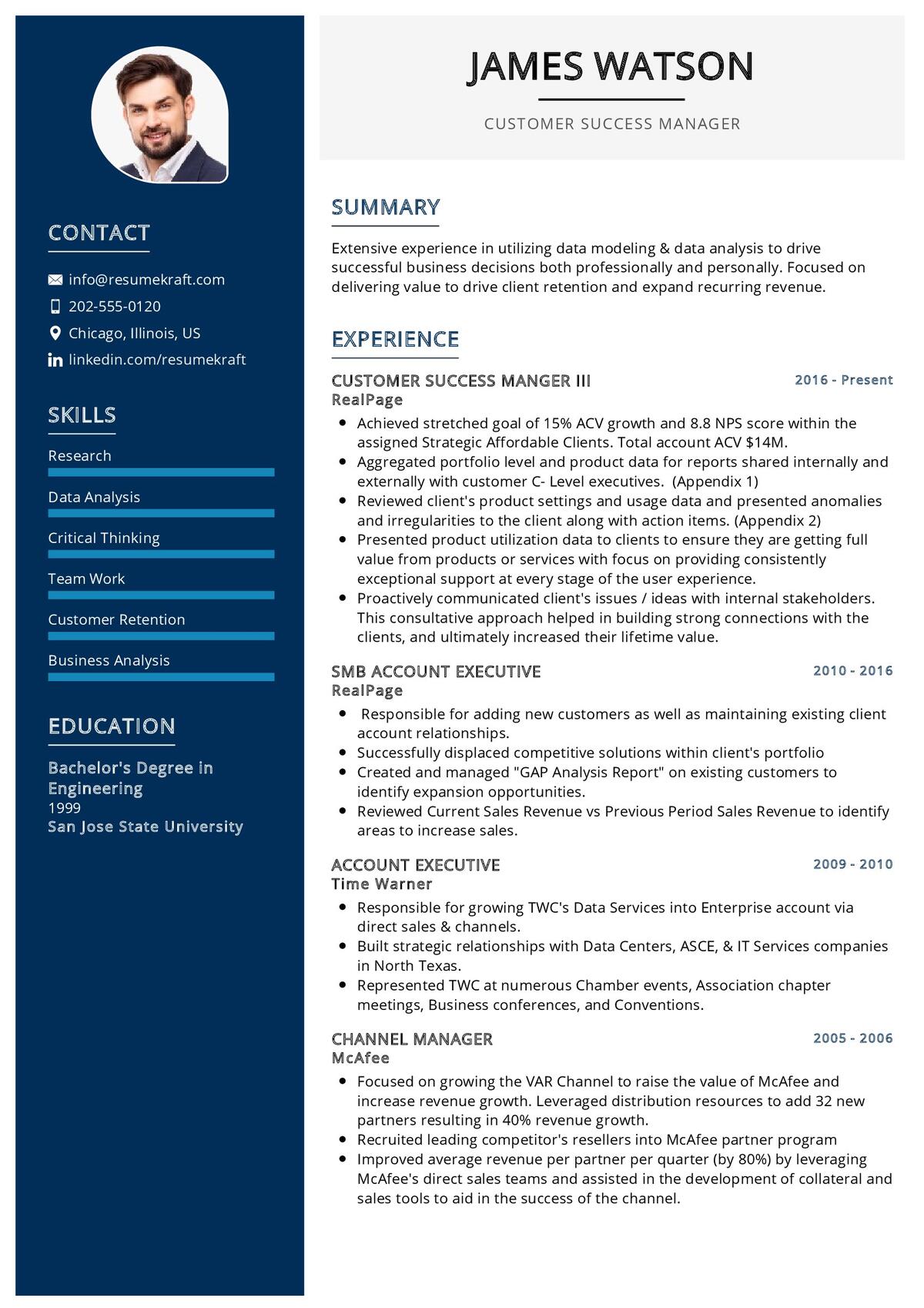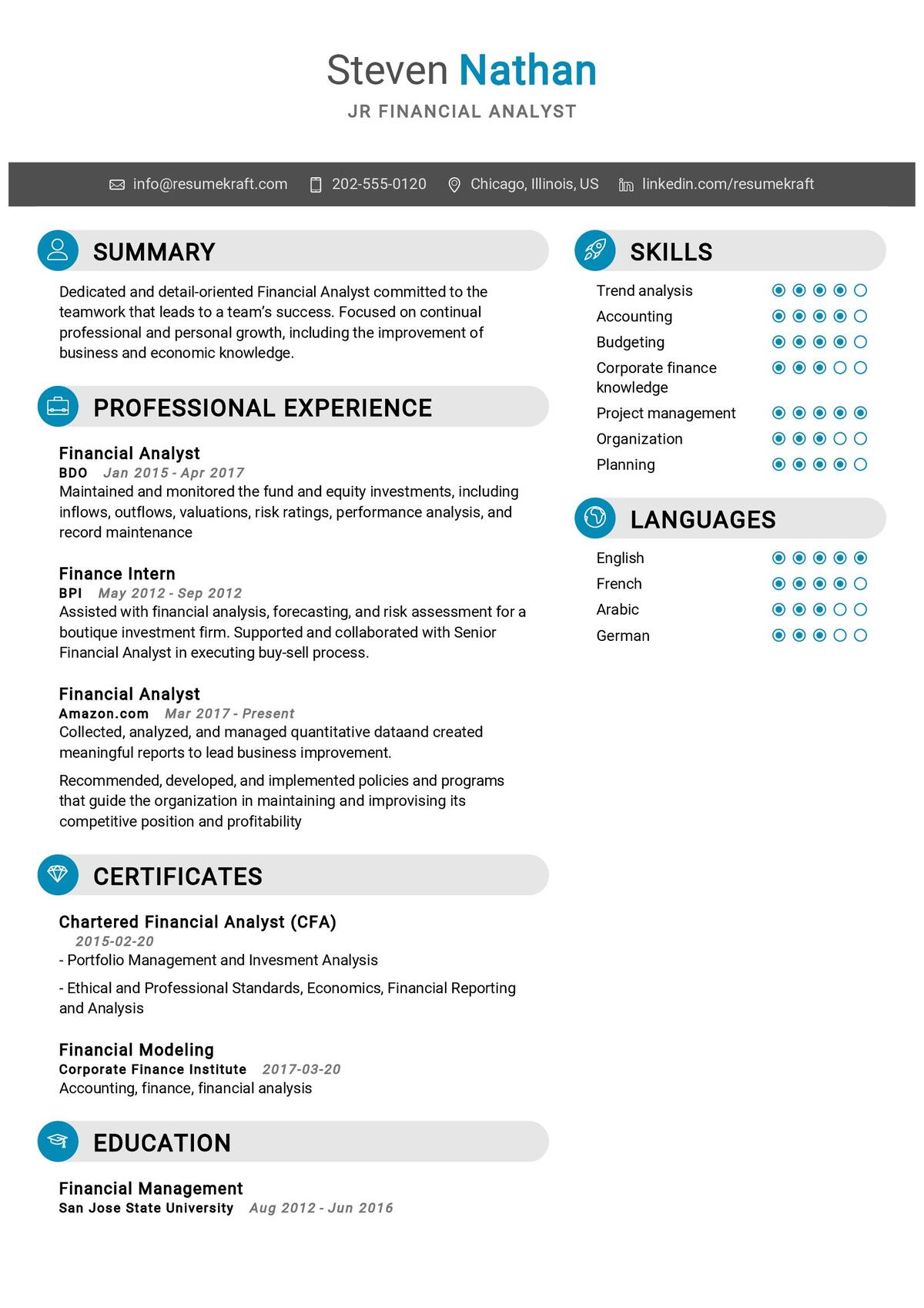
The role of a Product Manager at MediaTek is pivotal in ensuring the success of its diverse and innovative range of semiconductor solutions. MediaTek, being one of the largest global fabless semiconductor companies, demands excellence from its product managers. A MediaTek Product Manager is responsible for overseeing the entire product lifecycle, from conceptualization to commercialization, which means they must possess a unique combination of technical expertise, market insight, and leadership abilities.
When preparing for a MediaTek Product Manager interview, candidates should be ready to tackle questions that span both the strategic and technical aspects of product management. This article covers 36 of the top interview questions commonly asked of Product Manager candidates at MediaTek, along with suggested answers and brief explanations.
Top 36 MediaTek Product Managers Interview Questions
1. Can you explain the lifecycle of a semiconductor product?
A semiconductor product’s lifecycle begins with research and development (R&D) based on market needs or technological advancements. Once a viable concept is found, it moves into design and engineering stages, followed by prototype testing. After validation, mass production starts, and the product is launched into the market. Throughout its lifecycle, the product requires continuous improvements and iterations to stay competitive until it is eventually phased out.
Explanation:
Understanding the lifecycle helps interviewers gauge your familiarity with the various stages of product development within the semiconductor industry.
2. How do you prioritize features when developing a new product?
Prioritizing features involves balancing customer needs, business goals, and technical feasibility. I typically use a combination of frameworks like the MoSCoW method (Must have, Should have, Could have, and Won’t have) and value versus effort matrices. I also rely on data, user feedback, and stakeholder inputs to ensure that we are focusing on features that drive the highest value.
Explanation:
This question assesses your ability to make strategic decisions and balance competing interests during product development.
3. Describe a time when you managed a cross-functional team. How did you ensure effective communication?
In my previous role, I managed a cross-functional team consisting of engineers, marketers, and customer support. I established a clear communication protocol using project management tools like Jira and Slack. Regular check-ins, detailed documentation, and ensuring everyone understood their role in the broader project helped maintain alignment and collaboration.
Explanation:
Interviewers ask this to determine your leadership and communication skills, especially in managing diverse teams toward a common goal.
4. How would you handle a situation where a competitor launches a superior product?
In this situation, I would first analyze the competitor’s product to understand its strengths and weaknesses. Then, I would gather data from customers and the market to determine the impact on our product. My next steps would involve revisiting our product roadmap to prioritize features that can address competitive gaps while communicating transparently with stakeholders.
Explanation:
Handling competition is a key aspect of product management, and this question evaluates your ability to respond strategically to external pressures.
5. How do you balance long-term vision with short-term goals?
Balancing long-term vision with short-term goals requires maintaining a clear roadmap that aligns with the overall business strategy. I ensure that while the team focuses on immediate deliverables, we do not lose sight of the long-term objectives by setting up regular reviews and adjustments to our plans.
Explanation:
This question tests your ability to keep a team on track for short-term deliverables while still adhering to the long-term vision.
Build your resume in just 5 minutes with AI.

6. What metrics would you track to determine the success of a product at MediaTek?
Key metrics I would track include market share, customer adoption rates, customer satisfaction (through surveys or NPS), return on investment (ROI), and product profitability. Technical metrics like performance benchmarks, yield rates, and failure rates would also be important, given MediaTek’s product profile.
Explanation:
Tracking the right metrics is critical for measuring product success, and your answer reveals whether you understand both business and technical indicators.
7. Can you give an example of a time you had to pivot a product strategy?
In a previous role, we were developing a product aimed at the consumer market, but early feedback indicated stronger demand in the enterprise sector. After discussing it with stakeholders and analyzing the market, we pivoted the strategy to tailor the product for enterprise customers. This decision significantly increased our market penetration and revenue.
Explanation:
This question tests your adaptability and ability to recognize when and how to change a product strategy.
8. How do you manage product backlog effectively?
I prioritize the product backlog by regularly reviewing it with the team to ensure alignment with business goals and customer needs. Using frameworks like RICE (Reach, Impact, Confidence, Effort), I evaluate each item in the backlog to determine its priority. This process ensures that high-value features are worked on first.
Explanation:
Effective backlog management is crucial for keeping a product on track and ensuring that the team focuses on delivering the most important features.
9. What is your approach to working with engineers and designers?
My approach is to foster collaboration by ensuring engineers and designers have a shared understanding of the product vision and goals. I create an open environment where both teams can provide input, ask questions, and raise concerns. By regularly syncing, we can align on timelines, technical feasibility, and user experience.
Explanation:
Collaboration with engineers and designers is key in product management, and your approach shows how well you can lead a cross-functional team.
10. What methods do you use to collect customer feedback?
I employ a variety of methods to collect customer feedback, including surveys, focus groups, interviews, and usability tests. Additionally, I monitor customer behavior through analytics and social listening to gain insights into their needs and pain points.
Explanation:
Customer feedback is critical for product improvement, and this question tests your ability to gather and analyze that feedback effectively.
11. How do you define the target market for a new MediaTek product?
Defining the target market starts with market research and segmentation. I would look at factors such as demographics, customer needs, purchasing behaviors, and market trends. For MediaTek, this might involve analyzing trends in the smartphone, IoT, or automotive sectors, depending on the product in question.
Explanation:
Defining the target market ensures that the product is tailored to meet the needs of its intended audience.
12. Can you explain how you would use data in decision-making?
Data plays a crucial role in decision-making. I use both qualitative and quantitative data to validate assumptions, inform product features, and prioritize work. Metrics such as user engagement, feature adoption rates, and customer feedback are essential in making informed decisions about a product’s direction.
Explanation:
This question assesses your data-driven approach to decision-making and whether you rely on evidence rather than intuition alone.
13. How do you approach competitive analysis?
I start by identifying key competitors and analyzing their strengths, weaknesses, opportunities, and threats (SWOT). I also evaluate their product offerings, market positioning, pricing, and customer feedback. This helps me understand how MediaTek’s products can differentiate and gain a competitive edge.
Explanation:
Competitive analysis helps product managers understand the landscape and craft strategies to stay ahead.
14. How would you collaborate with sales and marketing teams at MediaTek?
Collaboration with sales and marketing teams requires regular communication and alignment of goals. I ensure that product features and benefits are clearly articulated so that marketing can create compelling messaging, and I work with sales to gather feedback from customers that can be used to refine the product.
Explanation:
Collaboration with sales and marketing is critical for product success, especially in bringing a product to market effectively.
15. Describe your experience with Agile methodologies.
I have extensive experience working with Agile methodologies, including Scrum and Kanban. I have led sprints, conducted retrospectives, and worked with product and engineering teams to iterate quickly and efficiently on product features.
Explanation:
Agile methodologies are commonly used in tech companies like MediaTek, and this question gauges your familiarity with those processes.
16. How would you handle a delay in product development?
In the case of a delay, my first step is to assess the root cause by communicating with the team and understanding the blockers. I would then evaluate the impact of the delay and adjust timelines accordingly. Communication with stakeholders is essential to manage expectations and recalibrate priorities if necessary.
Explanation:
Handling delays shows your ability to manage setbacks and keep the team motivated and aligned.
17. How do you ensure product quality before launch?
Ensuring product quality requires a multi-step approach, including rigorous testing, code reviews, and user acceptance testing (UAT). I also collaborate with the quality assurance (QA) team to establish automated testing where possible and run performance benchmarks to ensure the product meets expectations.
Explanation:
This question examines your attention to detail and commitment to delivering a high-quality product.
Planning to Write a Resume?
Check our job winning resume samples


18. What are the main challenges you anticipate in managing a MediaTek product?
Challenges in managing a MediaTek product could include rapidly changing technology trends, supply chain disruptions, and staying ahead of the competition. Additionally, managing cross-functional teams and aligning them on the product vision can also pose a challenge.
Explanation:
Understanding potential challenges shows that you’re proactive and prepared to navigate obstacles.
19. How do you keep up with the latest trends in the semiconductor industry?
I regularly read industry publications, attend relevant conferences, and participate in webinars to stay updated. I also network with peers and industry experts to gain insights into new technologies and market shifts. For MediaTek, this means closely watching trends in AI, 5G, and IoT.
Explanation:
Keeping up with industry trends is essential for staying competitive and innovative in product management.
20. What would you do if a key stakeholder disagrees with your product decision?
If a stakeholder disagrees
with my decision, I would first listen to their concerns and understand their perspective. I would then provide data and rationale for my decision, and if necessary, find a middle ground. Open communication and compromise are key to maintaining healthy stakeholder relationships.
Explanation:
This question assesses your ability to handle conflict and maintain productive relationships with stakeholders.
21. How do you ensure a product roadmap aligns with MediaTek’s business objectives?
I align the product roadmap with business objectives by working closely with leadership to understand MediaTek’s goals. I regularly review the roadmap to ensure that it reflects strategic priorities, and I adjust it based on market conditions and customer feedback.
Explanation:
Aligning the roadmap with business objectives ensures that product decisions are driving the company’s overall success.
22. How would you approach launching a new MediaTek product in a new market?
Launching a new product in a new market involves thorough research, including market sizing, competitive analysis, and understanding local regulations. I would collaborate with marketing and sales teams to create a go-to-market strategy that resonates with local consumers while ensuring technical and logistical readiness.
Explanation:
This question evaluates your strategic thinking and ability to launch products in unfamiliar markets.
23. How do you handle product feedback from customers that contradicts your vision?
I believe customer feedback is invaluable, even when it contradicts the product vision. I analyze the feedback to identify common trends or insights that could improve the product. I balance customer desires with the broader product vision and prioritize changes that have the most impact.
Explanation:
Balancing customer feedback with your vision shows your flexibility and customer-centric approach.
24. How would you measure the success of a MediaTek product launch?
To measure the success of a product launch, I would track metrics like adoption rates, revenue growth, customer feedback, and market share. Additionally, I would monitor technical performance, such as reliability and failure rates, to ensure that the product meets quality standards.
Explanation:
This question assesses your ability to define and track success using clear, measurable metrics.
25. What tools do you use for project management?
I use a combination of tools like Jira, Trello, and Asana for project management. These tools help me track tasks, manage timelines, and collaborate with cross-functional teams effectively. For communication, I rely on Slack and Google Workspace.
Explanation:
Familiarity with project management tools is crucial for staying organized and on top of complex projects.
26. How do you handle scope creep during product development?
To handle scope creep, I clearly define the scope of the project from the outset and regularly communicate this to stakeholders. If new requests arise, I evaluate their importance and either reprioritize features or negotiate timelines and resources to accommodate them.
Explanation:
Handling scope creep effectively helps ensure that a project stays on track and within budget.
27. What’s your approach to setting a product’s pricing strategy?
Setting a pricing strategy involves analyzing market demand, competitor pricing, and the perceived value of the product. For MediaTek, I would also consider production costs, profitability margins, and potential bundling with other products to optimize the pricing strategy.
Explanation:
This question evaluates your understanding of pricing as a critical aspect of product management.
28. How would you manage a product that is underperforming in the market?
If a product is underperforming, I would first investigate the root cause through data analysis and customer feedback. I would then reassess the product’s positioning, marketing strategy, and features to determine whether adjustments are needed. Pivoting or discontinuing the product may also be considered.
Explanation:
Managing an underperforming product requires strong problem-solving skills and a willingness to make tough decisions.
29. What role does user experience (UX) play in your product management process?
User experience is central to my product management process. A well-designed UX ensures that the product is intuitive and meets the needs of its users. I work closely with designers and engineers to create a seamless user experience, and I rely on user testing to validate our designs.
Explanation:
This question assesses your understanding of UX as a critical component of product success.
30. How do you manage stakeholder expectations throughout the product lifecycle?
I manage stakeholder expectations by maintaining open lines of communication and setting realistic goals. Regular updates, clear timelines, and transparency about challenges help stakeholders stay informed and aligned with the product’s progress.
Explanation:
Managing expectations is key to building trust and ensuring that stakeholders remain supportive throughout the product lifecycle.
31. Can you give an example of how you’ve used data to influence a product decision?
In a previous role, I noticed that a feature wasn’t being used as expected based on usage data. After further analysis and customer interviews, we learned that the feature was difficult to find. We adjusted the design and saw a 40% increase in engagement as a result.
Explanation:
Using data to influence decisions shows your ability to rely on evidence rather than assumptions when making product changes.
32. What do you think are the key challenges in the semiconductor industry today?
The semiconductor industry faces challenges like supply chain disruptions, increased competition, and the need for continuous innovation. Additionally, the shift toward more sustainable and energy-efficient technologies adds pressure to stay ahead in R&D.
Explanation:
This question tests your industry knowledge and ability to anticipate challenges that MediaTek may face.

Build your resume in 5 minutes
Our resume builder is easy to use and will help you create a resume that is ATS-friendly and will stand out from the crowd.
33. How would you balance innovation with meeting customer demands?
Balancing innovation with customer demands requires understanding which innovations will add value and resonate with customers. While it’s important to push the boundaries of technology, customer needs should remain at the forefront of product development to ensure adoption and success.
Explanation:
Balancing innovation and customer demands is critical for maintaining a competitive yet practical product offering.
34. How do you validate new product ideas?
I validate new product ideas by conducting market research, customer interviews, and competitive analysis. I also create prototypes or minimum viable products (MVPs) to test assumptions and gather feedback before committing to full-scale development.
Explanation:
Validating product ideas ensures that you are building something that the market truly needs and wants.
35. Can you explain a time when you had to make a difficult product decision?
In a previous role, I had to decide whether to delay a product launch due to technical issues. While the team was eager to launch, I made the difficult decision to delay, knowing that launching with defects could harm our reputation. In the end, the delay allowed us to fix the issues, and the product was well-received.
Explanation:
This question tests your ability to make tough decisions in the best interest of the product and company.
36. How do you ensure that your product stays competitive in the market?
I ensure my product stays competitive by continuously monitoring the market, gathering customer feedback, and analyzing competitors’ strategies. I also prioritize innovation and regularly revisit the product roadmap to ensure it reflects evolving customer needs and technological advancements.
Explanation:
Staying competitive requires vigilance and a proactive approach to market changes.
Conclusion
Becoming a successful Product Manager at MediaTek requires a blend of technical knowledge, strategic thinking, and leadership abilities. The interview process is designed to assess these qualities, testing your ability to manage product lifecycles, handle challenges, and work collaboratively with diverse teams. By preparing for the interview questions discussed above, candidates can gain confidence in their understanding of both the role and the industry.
Recommended Reading:

